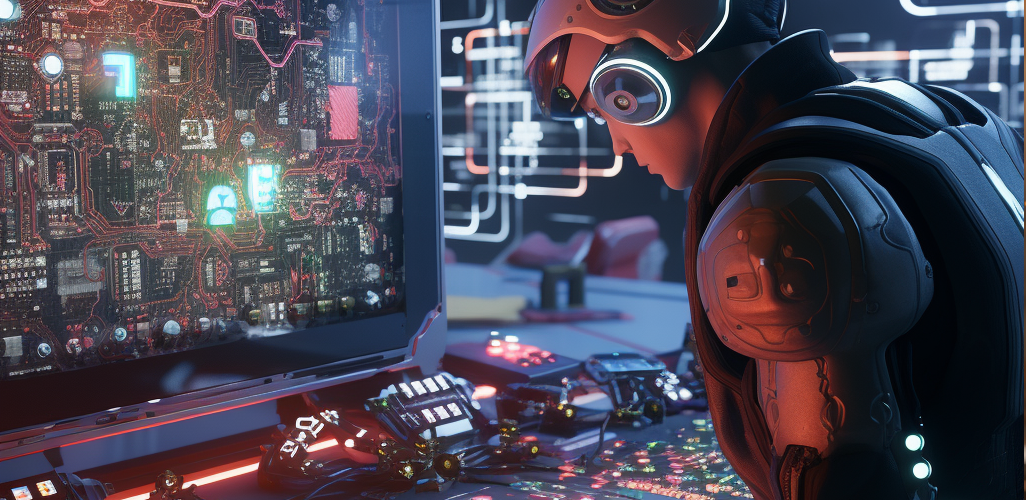The use of artificial intelligence (AI) and machine learning (ML) into game production has been one of the most revolutionary developments in the field of video games over the years. In order to provide players more immersive, dynamic, and engaging experiences, these technologies have given game designers additional avenues to explore. In this article, we’ll examine the various ways that artificial intelligence (AI) and machine learning are influencing the field of game creation, from character behaviour to procedural content production and beyond.
- AI and Character Behaviors
The era of inflexible, predetermined character behaviours in video games is over. Characters may now display more realistic and unexpected behaviours thanks to AI and machine learning. Characters in traditional video games often had predefined courses and behaviours, but AI-driven characters may adjust to shifting circumstances, giving each replay a new experience. Characters are now able to react intelligently and realistically to a range of situations thanks to AI systems that learn from player interactions. This has improved gameplay and added a new degree of realism, giving gamers the impression that they are interacting with real people rather than just lines of code.
2. Procedural Content Generation
Another area of game production that has been heavily affected by AI and machine learning is procedural content generation (PCG). PCG entails using algorithms rather than humans to create game material, such as maps, levels, goods, and even missions. PCG algorithms driven by AI examine player preferences and behaviours to provide material that suits various playing styles. This not only helps creators save time and money, but it also guarantees that players always face novel and unforeseen problems.
3. Dynamic Difficulty Adjustment
Dynamic difficulty adjustments in video games have entered a new age thanks to AI and machine learning. In the past, games had static difficulty settings that were established at the start and stayed the same throughout the player’s trip. With AI, games may now adjust their degree of difficulty in real-time based on the performance and competence of the user. By doing this, it is made sure that gamers are always pushed without getting bored or frustrated. In order to make the game progressively tougher or easier and provide a more engaging experience, the AI examines player behaviour, success rates, and other pertinent variables.
4. Realistic Environments and Physics
Game designers may now generate more realistic worlds and physics simulations thanks to AI and machine learning. With astonishing precision, these technologies can reproduce natural phenomena like wind effects, water ripples, and even crowd behaviour. An immersive gaming experience is enhanced by lifelike animations and behaviours produced by machine learning (ML) algorithms that learn from real-world data. This degree of realism gives virtual worlds depth and captivates gamers like never before.

5. Enhanced Visuals
The visual facets of game creation have also undergone a transformation thanks to AI and machine learning technologies. Deep learning algorithms allow programmers to produce high-quality textures, intricate character models, and lifelike lighting effects. Even on outdated technology, AI can upscale lower resolution graphics to higher resolutions, resulting in amazing game visuals. This has created new opportunities for aesthetically stunning games that were previously considered to be beyond the capabilities of existing technology.
Conclusion
A paradigm change in game design and player experience has been brought about by the use of AI and machine learning. These technologies have opened up new creative possibilities for game creators, from dynamic character behaviours and procedural content creation to realistic settings and improved aesthetics. In addition to providing gamers with more immersive and entertaining experiences, the combination of AI with gaming has catapulted the sector into unknown waters. We can only expect even more inventive and awe-inspiring advances in the field of video games as AI and machine learning continue to grow.



